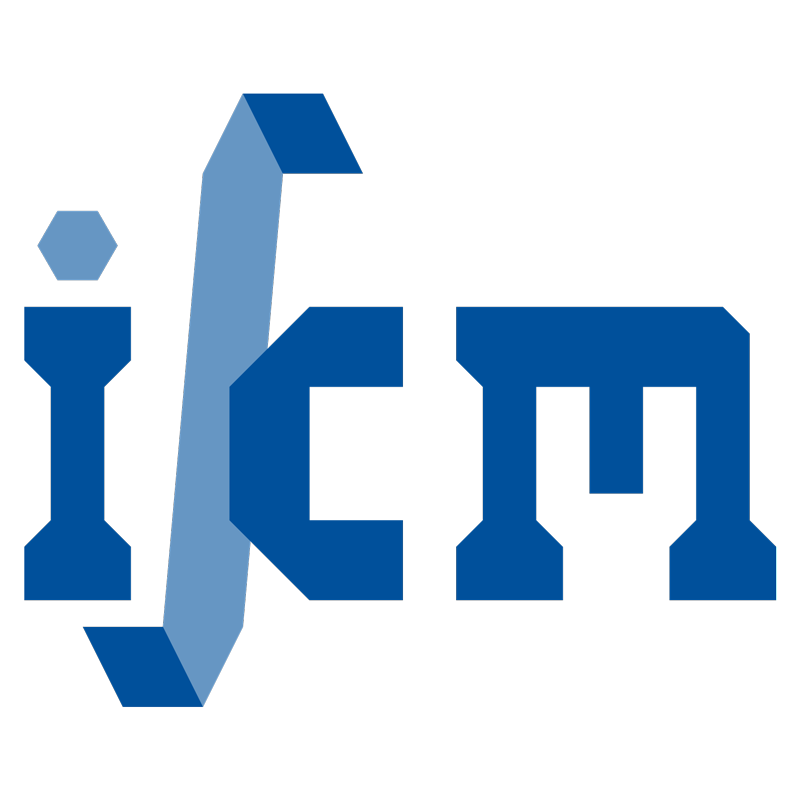A combined adaptive phase field and discrete cutting method for the prediction of crack paths
- authored by
- Ali Hussein, Blaž Hudobivnik, Peter Wriggers
- Abstract
Crack propagation is modelled in this contribution by combining different methods. The main idea is to use the newly developed virtual element method in combination with the phase-field methodology and a specific cutting technology. The idea is that the direction of a crack path can be easily predicted using the phase-field method. However this method needs a very fine mesh to resolve a real crack and thus this method has to be coupled with an adaptive approach. Due to the flexible virtual element method that allows to add arbitrary number of nodes to an element a robust cutting technique can be used to replace the refined mesh by a discrete crack. In total this combination of different methods allows a very efficient and robust solution of crack growth in solids.
- Organisation(s)
-
Institute of Continuum Mechanics
- Type
- Article
- Journal
- Computer Methods in Applied Mechanics and Engineering
- Volume
- 372
- ISSN
- 0045-7825
- Publication date
- 01.12.2020
- Publication status
- Published
- Peer reviewed
- Yes
- ASJC Scopus subject areas
- Computational Mechanics, Mechanics of Materials, Mechanical Engineering, General Physics and Astronomy, Computer Science Applications
- Electronic version(s)
-
https://doi.org/10.1016/j.cma.2020.113329 (Access:
Closed)
-
Details in the research portal "Research@Leibniz University"


